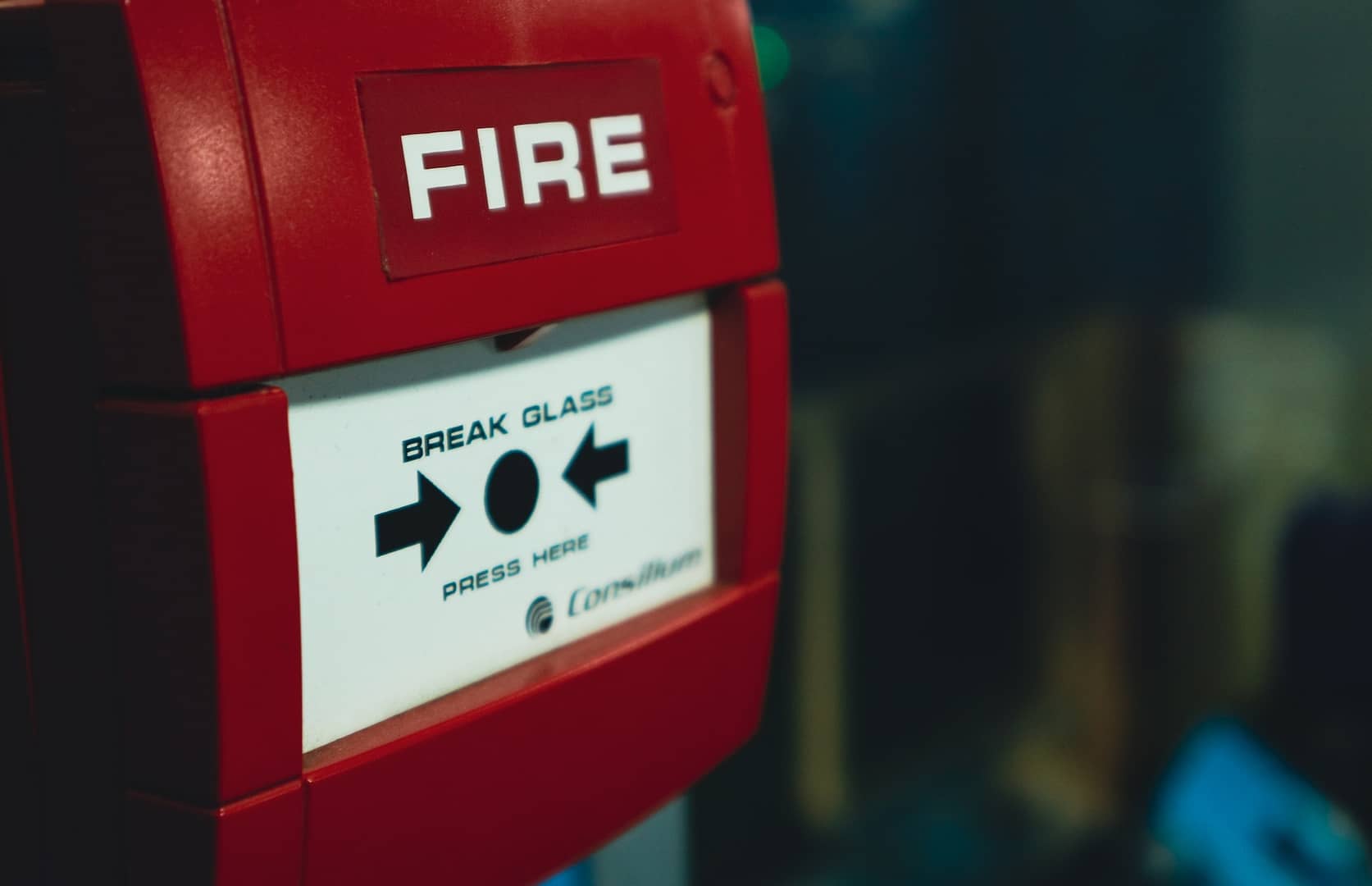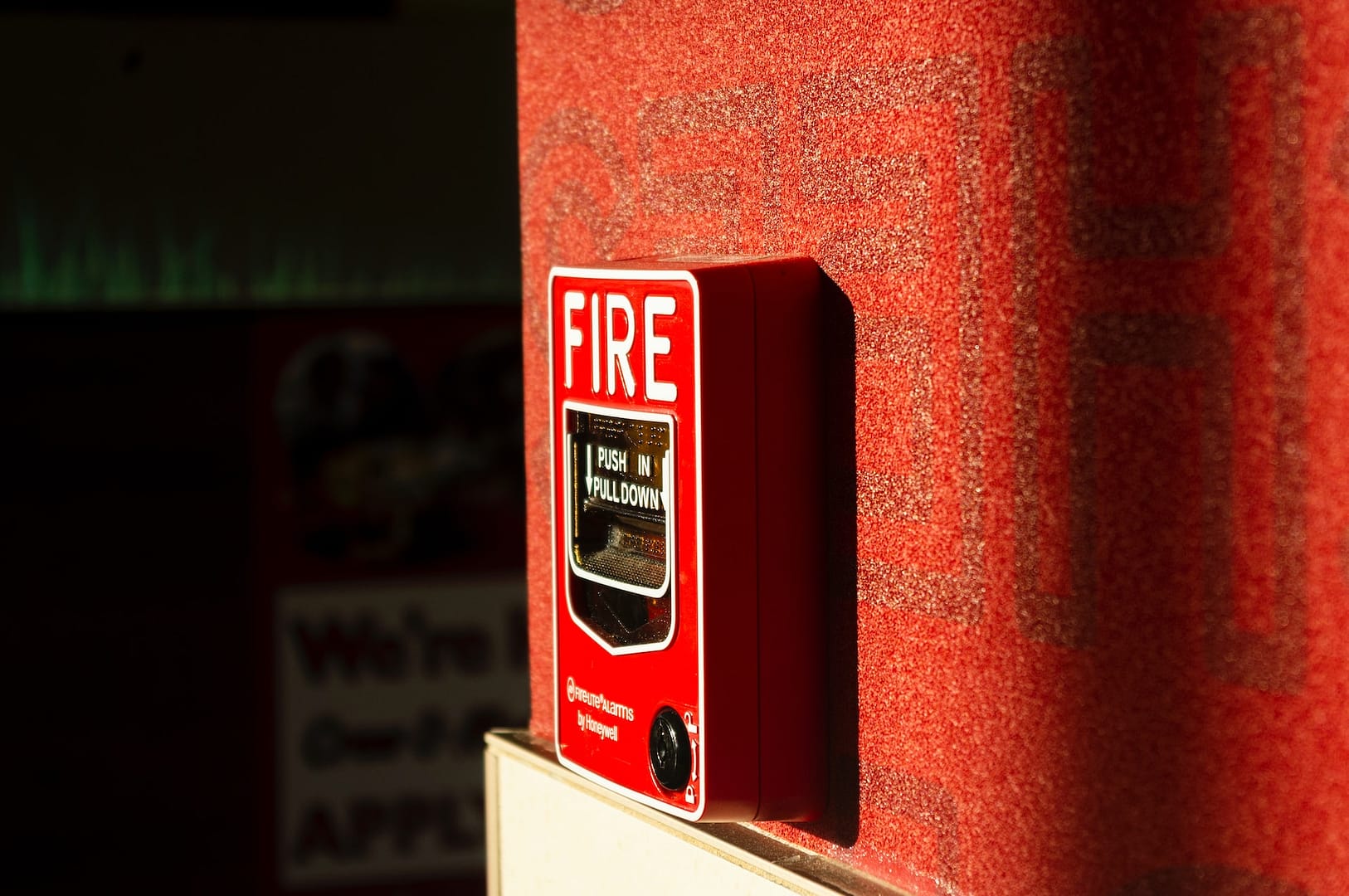Fire is a force of nature that, when harnessed, can be a valuable asset. However, when uncontrolled, it can quickly turn into a catastrophic disaster, especially in a workplace setting. In this article, we will delve into the world of workplace fires, exploring their causes, prevention strategies, and effective response methods. Let’s embark on this journey to understand how we can safeguard our work environments from this fiery menace. We will walk you through the process of making an accident at work claim too.
Understanding the Causes of Workplace Fires
Workplace fires can stem from various sources, each posing its unique set of challenges. By comprehending these causes, we can tailor our prevention efforts more effectively.
Electrical Faults
One of the leading causes of workplace fires is electrical faults. These can result from overloaded circuits, faulty wiring, or malfunctioning electrical equipment. An incident in the UK power sector once highlighted the devastating potential of electrical fires. In 2019, a major electrical fire erupted in a power distribution substation in Manchester, causing widespread chaos and disruption. The incident underscored the importance of regular electrical maintenance and inspection to prevent such catastrophes.
Flammable Materials
The presence of flammable materials in a workplace is a significant risk factor for fires. This includes not only highly combustible substances but also common office materials like paper, cardboard, and cleaning agents. A simple example from a UK office setting involved a janitorial closet filled with cleaning chemicals. Neglecting proper storage and handling, a minor leak from one of the containers led to a fire that damaged a significant part of the building. Storing and handling flammable materials safely is vital to prevent such incidents.
Human Error
Human error is another factor that can lead to workplace fires. This could encompass anything from mishandling equipment to neglecting safety procedures. A noteworthy instance in the UK involved a construction site, where a worker inadvertently left a welding torch unattended. The torch ignited nearby combustible materials, causing a blaze that resulted in substantial damage and delays. Training and strict adherence to safety protocols are essential in reducing the risk of human error-induced fires.
Smoking
Smoking is a fire hazard that can be particularly concerning in workplace environments. Although it is generally discouraged in most workplaces, some employees may still engage in this activity. A case in the UK saw an office fire erupt due to an employee disregarding the no-smoking policy. Their carelessly discarded cigarette butt ignited a pile of paper documents, causing significant damage to the office space. Strictly enforcing no-smoking policies and providing designated smoking areas are crucial in mitigating this risk.
Faulty Machinery and Equipment
Machinery and equipment used in workplaces can malfunction and cause fires if not properly maintained. An example from the UK manufacturing sector demonstrated the potential dangers of faulty equipment. In a textile factory, a malfunctioning machine sparked a fire, which quickly spread throughout the facility, resulting in extensive damage. Routine maintenance, inspections, and prompt repairs are essential to prevent such incidents.
Appropriate Fire Prevention Strategies
Now that we’ve explored the primary causes of workplace fires, it’s crucial to discuss strategies for preventing them. Implementing the right preventive measures can significantly reduce the risk of fires in the workplace.
Regular Maintenance and Inspection
Frequent maintenance and inspection of electrical systems, machinery, and equipment are vital for identifying and addressing potential fire hazards. This proactive approach can help prevent electrical faults and equipment malfunctions that often lead to fires.
Safe Handling of Flammable Materials
To prevent fires stemming from flammable materials, workplaces should establish proper storage and handling procedures. This includes storing flammable materials in designated areas and ensuring employees are trained to handle them safely.
Employee Education and Training
Educating employees about fire safety and providing training on how to respond to fire emergencies are fundamental prevention measures. This includes teaching them how to use fire extinguishers, evacuate safely, and adhere to safety protocols.
Strict Smoking Policies
Enforcing a strict no-smoking policy within the workplace, and providing designated smoking areas, can help mitigate the risk of fires caused by smoking.
Fire Suppression Systems
Installing fire suppression systems, such as sprinklers and fire alarms, is a crucial preventive measure. These systems can detect fires early and suppress them before they escalate, reducing potential damage and casualties.
Emergency Response Drills
Conducting regular fire drills helps employees become familiar with emergency procedures and evacuation routes. This preparedness can be invaluable in a real fire scenario.
Preventing Common Causes of Workplace Fires
Let’s delve deeper into how we can specifically prevent the most common causes of workplace fires.
Electrical Fire Prevention
Regular Inspections: Schedule regular inspections of electrical systems, wiring, and equipment to identify and address potential issues.
Load Management: Avoid overloading circuits by using proper load management practices, and consider installing surge protectors to prevent electrical surges.
Equipment Maintenance: Ensure all electrical equipment is well-maintained, and promptly repair or replace any faulty items.
Flammable Material Safety
Storage Protocols: Establish clear storage protocols for flammable materials, keeping them in designated areas and away from potential ignition sources.
Ventilation: Adequate ventilation can help disperse fumes from volatile materials, reducing the risk of ignition.
Labeling: Properly label all flammable materials to ensure employees are aware of their contents and potential hazards.
Human Error Mitigation
Training: Provide comprehensive training on equipment operation and safety procedures to minimize the likelihood of human error.
Supervision: Implement strict supervision in areas where safety protocols are critical to prevent mishandling of equipment.
Clear Procedures: Establish clear and easily accessible safety procedures and guidelines for all employees to follow.
Smoking-Related Fire Prevention
No-Smoking Policy: Enforce a strict no-smoking policy within the workplace, clearly communicated to all employees.
Designated Smoking Areas: Provide designated smoking areas outside the workplace with proper disposal options for cigarette butts.
Faulty Equipment Prevention
Maintenance Logs: Maintain detailed logs of machinery and equipment maintenance to track their condition and identify issues early.
Emergency Shutdown Procedures: Ensure employees are trained in emergency shutdown procedures in case of equipment malfunctions.
Quality Control: Implement stringent quality control measures during the manufacturing and maintenance of equipment.
Effective Response Strategies
Preventing workplace fires is paramount, but it’s equally crucial to be prepared for such emergencies. Here are some effective response strategies to minimize damage and protect lives in the event of a fire.
Fire Alarm and Evacuation
In the event of a fire, a functioning fire alarm system is critical. These systems should trigger a loud alarm and alert employees to evacuate the premises immediately. Regular fire drills can help ensure that everyone knows the evacuation routes and meeting points.
Fire Extinguishers
Placing fire extinguishers strategically throughout the workplace allows employees to take immediate action in containing small fires. However, it’s essential that employees are trained in the proper use of fire extinguishers to avoid exacerbating the situation.
Emergency Response Teams
Designating and training specific employees as part of an emergency response team can greatly enhance the response to workplace fires. These individuals can take on responsibilities such as guiding evacuations, operating fire extinguishers, and providing first aid.
Fire Suppression Systems
Automatic fire suppression systems, such as sprinklers, can be invaluable in controlling and suppressing fires. These systems can quickly douse flames and help prevent the spread of the fire until the fire department arrives.
Communication
Effective communication is crucial during a fire emergency. Establishing clear lines of communication, such as a centralized emergency contact number, can help coordinate the response and ensure that everyone is accounted for.
Post-Fire Assessment
After a workplace fire has been extinguished and employees are safe, it’s essential to conduct a thorough post-fire assessment. This helps identify the cause of the fire and any shortcomings in the response, allowing for improvements in fire safety measures.
Making an Accident at Work Claim with National Claims
At National Claims, we understand that workplace fires can have a profound impact on both employees and employers. In the unfortunate event that a workplace fire leads to injuries or property damage, you may be entitled to compensation. Our team of experienced legal professionals is here to guide you through the claims process.
Assessing Your Eligibility
The first step in making a claim is to determine your eligibility. We’ll assess the circumstances of the fire and the extent of your injuries or losses. If it is established that negligence or unsafe conditions contributed to the fire, you may have a valid claim.
Gathering Evidence
Our team will work diligently to gather evidence related to the workplace fire, including witness statements, photographs, and any available documentation. This evidence is crucial in building a strong case.

Conclusion
Workplace fires can have devastating consequences, but with the right preventive measures and response strategies in place, the risk can be significantly reduced. Understanding the causes of workplace fires, implementing appropriate fire prevention strategies, and being prepared to respond effectively are key to safeguarding the workplace and the people within it. By taking these steps, we can work towards creating a safer and more secure work environment for everyone.
In the unfortunate event of a workplace fire leading to injuries or damages, National Claims is here to provide assistance and guidance in making an accident at work claim. Your safety and well-being are our top priorities, and we are committed to helping you obtain the compensation you deserve.
Start your claim with us today by contacting us and speaking to one of our claims specialists.
Click below to see why we are one of the most trusted claims management companies in the UK.

We’re proud of our excellent customer reviews
We thrive on delivering exceptional service and ensuring our clients’ satisfaction. Don’t just take our word for it. Check out some of our independent reviews to see what our clients have to say.
Excellent

This firm is excellent, they sorted out my car pay out and injury claim very fast, they always communicate with you all the time.

My accident case was dealt with confidence and with great result of the outcome, especially James kept me informed all the time.

I was very impressed at the way my inquiry was treated. I was listened to attentively and everything I needed to know was explained to me.






